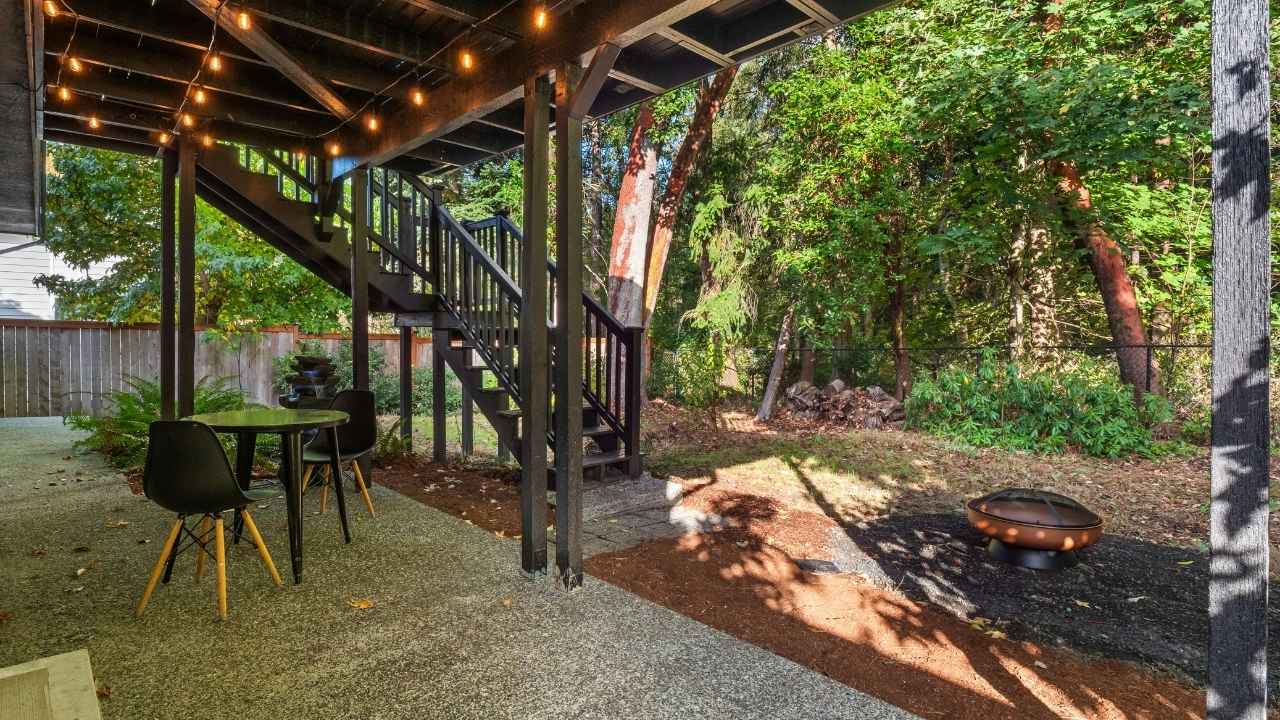Leaf Piles To Garden Gold: Why A Mulcher Is Your Backyard’s Best Friend

The problem everyone sees each fall
Leaves fall, wind blows, and a neat yard turns into a bumpy carpet. Raking feels endless. Bags fill fast. The lawn can’t breathe under a thick layer of leaves, and flower beds start to look messy. There is a better way than stuffing everything into trash bags. Turn those leaves into mulch and feed the yard while cleaning it at the same time.
Mulching is simple. Dry leaves go in. Small chips come out. Those chips spread over soil and slowly break down. The yard looks tidy right away, and the soil gets help for months.
What a mulcher actually does
A mulcher chops leaves into tiny pieces. Smaller pieces break down faster than whole leaves. That matters because the bits turn into organic matter that soil can use. The mulch also makes a soft blanket on top of the ground. That blanket keeps water from evaporating too fast and helps block sun from weed seeds. Less watering and fewer weeds means more time for other tasks.
A pile of whole leaves can mat down and stop air from reaching the lawn. A thin layer of mulched leaves is different. Air still moves. Water still reaches the roots. The soil stays cooler on hot days and warmer on cool nights. Plants enjoy steady conditions, and steady conditions help roots grow stronger.
A quick note on tools
There are a few ways to mulch leaves. Some people use a mower with a mulching blade for light cleanup. For bigger piles or lots of trees, a dedicated unit keeps the job smooth and safe. A compact, stand-alone electric mulcher is an easy option to set up on a flat patch of ground and feed at a steady pace. This is a simple, unsponsored example of the type of tool that turns leaf duty into a short, tidy task.
Why mulched leaves help plants grow
Mulched leaves add organic matter to soil. That helps the ground hold water without getting soggy. It also creates tiny spaces where air can move. Worms and helpful microbes move in and start to work. As they break down the leaf bits, they release nutrients in small doses. Plants get a steady supply instead of one big spike that washes away.
Mulch also protects the soil surface. Heavy raindrops hit the chips first, not bare ground. That reduces crusting on top of the soil and keeps it easy for roots and water to move. In flower beds, a two-to-three-inch layer supports new plantings and keeps them from drying out fast.
Set up and safety made simple
Pick a dry, level area for the machine. Dry leaves feed better and do not clog. Wear eye protection and gloves. Check the cord if using an electric unit. Keep the intake free of sticks and stones. Large sticks can jam blades and tear bags.
Keep kids and pets well back from the work zone. Feed handfuls at a steady pace instead of dumping big armloads all at once. If leaves are damp from rain, spread them in a thin layer for an hour or two, or mix them with dry leaves so they shred cleanly.
A fast workflow that saves energy
A straight, simple setup cuts the job time in half.
- Rake or blow leaves into a few small piles near the machine.
- Feed a mix of crisp, dry leaves first to set the pace.
- Empty the collection bag into a wheelbarrow or a large bin when full.
- Keep a separate bin for sticks so the feed stays clean.
- Spread mulch as soon as a bin is full to avoid a big pile at the end.
This keeps steps short and avoids walking back and forth across the yard with heavy loads.
Where to spread the mulch
Beds around trees and shrubs are perfect spots. Spread two to three inches of mulch. Leave a small ring of clear space around each trunk or stem—about the width of a hand—so the base can breathe and stay dry. For vegetable beds, add a thinner layer between rows. This keeps mud down and helps hold moisture after watering. On paths made of soil, a thin coat of mulch makes walking cleaner and reduces dust.
Avoid covering young seedlings with a thick layer. They can struggle to push through. If a bed was planted very recently, wait until stems are sturdy, then add a light topping.
Common problems and easy fixes
Wet clumps: If the leaves are damp, they may clump in the hopper. Mix in a scoop of dry leaves or wait for sun and wind to dry the pile.
Too many twigs: Pick out longer twigs before feeding. A quick shake of the rake usually frees them.
Bag tears: Do not overfill the bag or press it against rough edges. Empty more often during the first few runs.
Dust: Dry leaves produce dust. Wear a mask if needed and set the machine so the breeze carries dust away from the face.
Uneven chips: Speed and feed rate affect the size of the pieces. Slow, steady feeding makes more even mulch.
Time and money saved
Bagging whole leaves takes many trips, and yard bags are not free. A compact mulcher turns ten bags of leaves into two or three bags of chips, and the chips stay on site as a useful layer. That cuts waste and hauling. It also reduces watering needs in beds through the season. Over a fall and spring cycle, that can mean real savings on both bags and water.
There is also a space win. Bags stacked at the curb sit there until pickup. Mulch laid in beds vanishes into the yard where it belongs. The yard looks finished the same day, not after trash day.
Better lawn health without extra work
A thin layer of leaf chips on the lawn can help if spread with care. Use a rake to pull the chips out wide so grass blades can still reach light. A light dusting is enough. The soil under the turf gains organic matter over time, which boosts root growth. More roots mean a lawn that handles heat and foot traffic better.
If a thick layer ends up on the turf, move most of it into beds. Too much on grass can block light. The good news is that mulched leaves are easy to move with a fan rake or a blower set on low.
Mulching beyond fall
Leaf drop peaks in autumn, but there are many small cleanups the rest of the year. Spring pruning can leave small leaves across beds. A fast round with the mulcher brings beds back to neat. Summer storms knock down small branches and clusters of leaves. After removing the larger sticks, the remaining leaves can go through the machine and return to the beds the same day.
If a home has a compost bin, mixed leaves are a perfect brown layer. Pair them with green material such as grass clippings or kitchen scraps. Compost heats up and breaks down quicker with small, even pieces. Mulching first speeds that cycle.
A tidy yard with less noise and less mess
Modern electric units run quietly compared to gas machines. That makes morning or early evening work less disruptive for the household and neighbors. There is no fuel smell and no oil to handle. A broom finish around the setup area and the job looks clean when done.
Maintenance is simple. Brush dust off vents. Check blades after the season and replace the string or blade insert when it wears down. Wrap cords loosely and store the unit on a shelf or in a corner of the shed. Light care keeps the machine ready for next weekend.
Simple rules for steady results
Keep the feed dry. Keep the layer in beds to two or three inches. Keep trunks clear. Keep sticks out of the hopper. These short rules make the process safe and smooth. After one or two sessions, the routine feels natural.
Neighbors may notice the difference. Beds look finished. The lawn keeps moisture longer between waterings. Weeds show up less often because the sun does not reach the seeds under the mulch. Over time, soil becomes darker and easier to dig. That is the clear sign that organic matter is building.
Key takeaways and next steps
Leaves are not trash. They are free, local material that can make a yard healthier. Shred them into small pieces, spread a steady layer in beds, and keep trunks clear. Work with dry leaves when possible, wear basic safety gear, and feed the machine at a calm pace. The result is a clean yard today and stronger soil tomorrow.
Ready to try it this season? Plan a short session after a dry day, set up on level ground, and time how long the workflow takes from pile to beds. Share what worked well, what slowed the process, and any tips that helped keep the job smooth. Other readers will learn from those notes, and the next round of mulching will be even faster.



